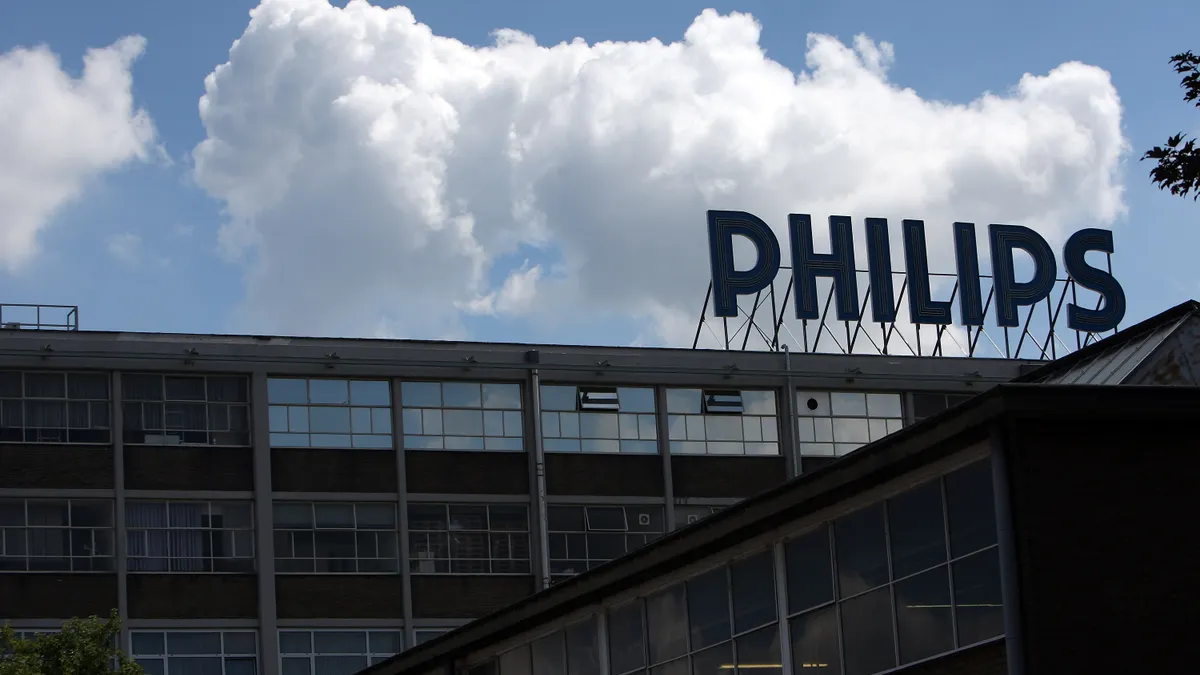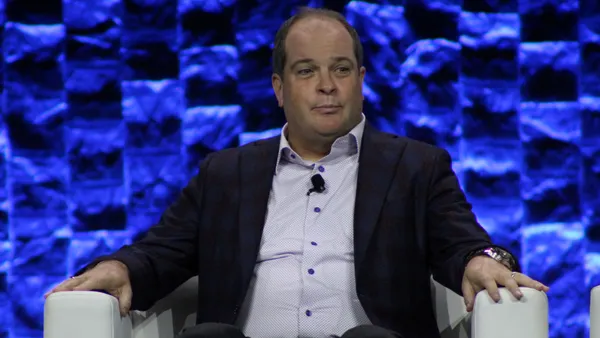Philips continues to manage the fallout of its ongoing recall of respiratory devices. It pulled millions of sleep apnea devices and ventilators from the market in June 2021 due to concerns that the polyester-polyurethane foam used to soundproof the devices could break down and be inhaled by users.
Exposure to the chemicals could cause nausea, inflammation and “possible toxic and carcinogenic effects,” the company said when it first announced the recall. The massive effort encompasses more than 10.3 million devices in the U.S. and 5 million in other countries, according to a database entry from the Food and Drug Administration.
Philips CEO Roy Jakobs said in an October earnings call that the company has remediated 99% of the sleep therapy device registrations that are actionable and is still in the process of remediating the affected ventilators.
The company recently settled a class action lawsuit related to the respiratory devices, agreeing to pay out a minimum of $479 million to people who had bought or rented the recalled devices. It is still in discussions with the U.S. Department of Justice about a proposed consent decree.
Philips also recently returned its sleep and respiratory business to certain markets, including Europe, Japan, China and Australia, as it works to resolve the recall, Jakobs said on the earnings call.
Here are 11 articles from MedTech Dive that highlight key developments in the Philips Respironics recall.
Check out MedTech Dive’s tracker of Philips Respironics’ respiratory device recalls.













